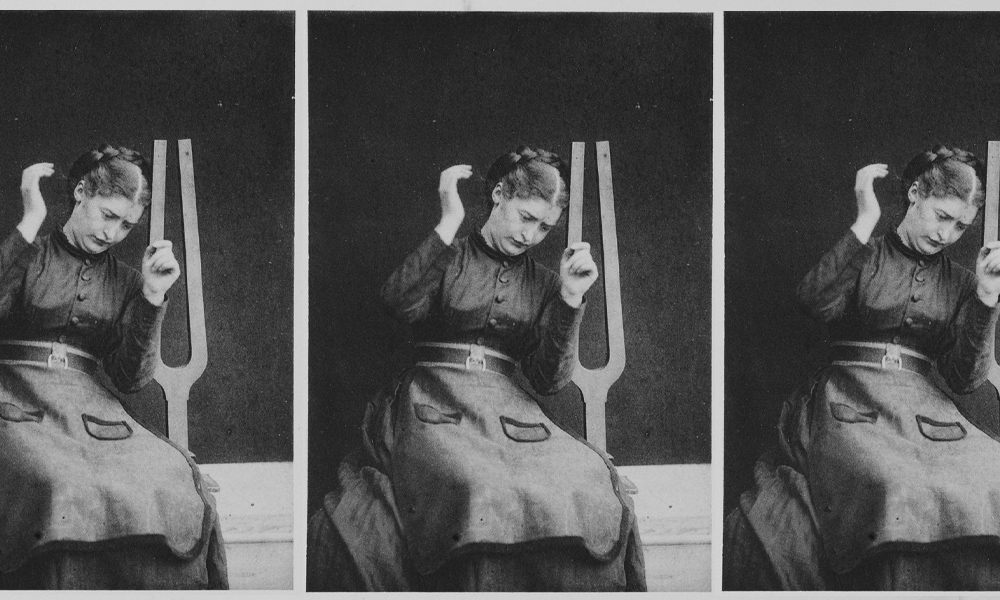📡 – 2023-07-14
👂
😎
🥵
😈
👹
📚
You Just Lived Through the Three Hottest Days on Earth—and More Is Coming

You Just Lived Through the Three Hottest Days on Earth—and More Is Coming | The New Republic
Experts predict things will only get worse from here.
It cannot be overstated how very real the misery of climate change is. The impacts are being felt worldwide; if you haven’t felt them, you can just ask a longtime resident of virtually any city what the weather was like years ago versus today. But the effects, of course, are much more than people needing to tug at their collar a bit more than before.
Seminole County, Florida, has already exceeded last year in the number of days it had to activate an emergency weather plan—something only initiated when the heat index is 108 degrees or higher. Texas and other Southern states have reached such dangerous levels repeatedly. On Tuesday, at least 57 million Americans were exposed to dangerous levels of heat.
9 ways to see a Dataset

9 ways to see a Dataset
To further the understanding of training data, the Knowing Machines Project developed SeeSet, an investigative tool for examining the training datasets for AI. Here you will find nine essays from individual members of our team. Each one uses SeeSet to explore a key AI dataset and its role in the construction of 'ground truth.'
Artificial intelligence systems are often considered enigmatic or unknowable – complex neural networks whose parameters can number in the trillions and whose possible array of outputs is greater still. Yet no matter how convoluted or complex these systems become, the data used to train them remains one of the most important sources of evidence we can use to trace the histories, practices, and politics of how these systems interpret the world.
To further the understanding of training data, the Knowing Machines Project developed see:set, an investigative tool for examining the training datasets for AI. Here you will find nine essays from individual members of our team. Each one uses see:set to explore a key AI dataset and its role in the construction of “ground truth.” We invite you to use them to further interrogate the ways these systems structure knowledge, make predictions, represent reality, and intervene in the world.
The workers at the frontlines of the AI revolution

The workers at the frontlines of the AI revolution - Rest of World
The global labor force of outsourced and contract workers are early adopters of generative AI — and the most at risk.
Rest of World spoke to outsourced workers across different industries and regions, including call center operators in Manila, programmers in Lahore, and designers in Cairo. Many said they are already seeing generative AI change the demand for their work and the stability of their income. But while some brace for layoffs or diminishing commissions, others have embraced generative AI tools in an effort to keep ahead of the curve. If generative AI represents a tectonic shift in the way we work, offshore outsourced workers are at the fault lines.
87% Missing: the Disappearance of Classic Video Games

87% Missing: the Disappearance of Classic Video Games | Video Game History Foundation
New study reveals most classic video games are completely unavailable
For accessing nearly 9 in 10 classic games, there are few options: seek out and maintain vintage collectible games and hardware, travel across the country to visit a library, or… piracy. None of those options are desirable, which means that most video games are inaccessible to all but the most diehard and dedicated fans. That’s pretty grim!
This is where libraries and archives should come in. Anyone should be able to easily explore, research and play classic video games, in the same way that they can read classic novels, listen to classic albums, and watch classic movies. But outdated copyright laws are preventing institutions like ours from doing our jobs.
How A Utility Giant Tried (and Failed) to Build a Pipeline Under Brooklyn

How A Utility Giant Tried (and Failed) to Build a Pipeline Under Brooklyn - In These Times
Brooklyn residents didn't learn about the new pipeline project from National Grid until two years into its construction. They were able to stop it anyways.
Despite a “delayed start to resistance efforts,” as another organizer puts it, the pipeline will go no further. For the past three years, a group of activists and community organizations — known as the No North Brooklyn Pipeline Alliance— have led a massive and vibrant campaign against National Grid. The group has used a wide range of tactics, from legal action to bike protests. At least 12 activists were arrested for blockades that delayed construction, and hundreds of community members joined a gas bill strike by refusing to pay their full bills.
The Battle of Fishkill

How Domenic Broccoli’s IHOP Empire Started a War in Fishkill
When Domenic Broccoli set out to expand his pancake empire to upstate New York, he didn’t expect to find a grave site — or start a war.
Domenic Broccoli, the IHOP kingpin of the Bronx, lives a good life. He drives a nice car, spends time with his six grandkids, and golfs often enough to have a tan for most of the year. He owns a four-bedroom home in Pelham Manor, a house upstate, and IHOPs throughout the borough where he grew up, each of which runs smoothly enough to give Broccoli the time and resources to devote himself, at the age of 66, to the animating force in his life: destroying his enemies. This mission came as a surprise to Broccoli, who had little reason to expect that trying to expand his pancake empire into upstate New York — and to build his grandest IHOP yet — would lead to such conflict. But sometimes that’s what happens when you find a dead body.
Of Sound Minds and Tuning Forks: Neuroscience’s Vibratory Histories

Of Sound Minds and Tuning Forks: Neuroscience’s Vibratory Histories | The MIT Press Reader
Carmel Raz explores how historical links between nerves and vibration have shaped modern neural sciences.
[T]he popular reception of 18th-century vibrating nerve theory seemingly depended to a large extent on two attributes that were closely associated with music. First and foremost was the well-known fact that music — regarded as consisting, physically, of nothing more than sonorous vibrations — can fundamentally alter our emotions. The idea that the mental changes brought about by music might somehow relate to material changes in the nerves in response to sound thus seemed highly intuitive. The second attribute was the phenomenon of sympathetic resonance, which — since at least the Renaissance — was intimately linked with, and often paradigmatically demonstrated by, sound. Vernacular understandings of vibrating nerve theory thus conflated music’s powerful effects on the mind with an acoustic phenomenon familiar from the domain of music to account for a diverse range of cognitive and affective experiences.
Media, mortality and necro-technologies: Eulogies for dead media
https://journals.sagepub.com/doi/full/10.1177/14614448211027959Working at the intersection of death studies and media studies, this article examines what we can learn from the death of media technologies designed for the deceased, what we refer to as necro-technologies. Media deaths illuminate a tension between the promise of persistence and realities of precariousness embodied in all media. This tension is, however, more visibly strained by the mortality of technologies designed to mediate and memorialise the human dead by making explicit the limitations of digital eternity implied by products in the funeral industry. In this article, we historicise and define necro-technologies within broader discussions of media obsolescence and death. Drawing from our funeral industry fieldwork, we then provide four examples of recently deceased necro-technologies that are presented in the form of eulogies. These eulogies offer a stylised but culturally significant format of remembrance to create an historical record of the deceased and their life. These necro-technologies are the funeral attendance robot CARL, the in-coffin sound system CataCombo, the posthumous messaging service DeadSocial and the digital avatar service Virtual Eternity. We consider what is at stake when technologies designed to enliven the human deceased – often in perpetuity – are themselves subject to mortality. We suggest a number of entangled economic, cultural and technical reasons for the failure of necro-technologies within the specific contexts of the death care industry, which may also help to highlight broader forces of mortality affecting all media technologies. These are described as misplaced commercial imaginaries, cultural reticence and material impermanence. In thinking about the deaths of necro-technologies, and their causes, we propose a new form of death, a ‘material death’ that extends beyond biological, social and memorial forms of human death already established to account for the finitude of media materiality and memory.
📹
👾
It’s been a couple weeks of taking downtime where I can get it, so games have largely been stuff that’s easy to pick up, get into, and put down. Neither of these are new by any means, but I’ve really been enjoying both Skullgirls, and Vampire Survivors lately!
😎
The conclusion of the Return to Float City arc went up this week! Check it out here and wherever you listen to podcasts.
✌️
That’s what I got for you. Hope you’re staying cool – both physically and temperamentally – out there; I’ll see you in a couple weeks and don’t forget to tell your pals about the newsletter if it helps you find neat cool things you like!…




Start the conversation: